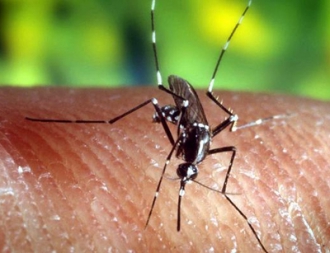MELBOURNE, Mar 20: Scientists have discovered a key molecule that helps immune cells to find and kill microbes that infect the human liver, an advance that could bring malaria vaccine a step closer.
Malaria is a disease spread by mosquitoes that kills around 500,000 people every year, mainly in tropical countries in sub-Saharan Africa and the South Pacific, researchers said.
The findings help answer a mystery about the work of T-cells, which are a type of immune cell that look for infection throughout the body, said lead researcher Hayley McNamara, a PhD scholar at The Australian National University (ANU).
“We know T-cells can protect against most infections, what we still do not fully understand is how these T-cells find the rare cells infected with viruses or parasites like malaria – a needle in a haystack problem if you like,” McNamara said.
“In our research we have been able to see that some of the T-cells are specialists, able to patrol the liver hunting down infections like malaria parasites.
“We have found that without a key molecule called LFA-1, that cells do not work – they can not move quickly and can not kill malaria parasites effectively,” said McNamara.
ANU Associate Professor Ian Cockburn said that because the T-cells were so effective at finding malaria parasites they could be a component of future vaccines.
“What we want to do is understand how to make a vaccine that induces these types of immune cells. There are vaccines in clinical trials that work by inducing antibodies, adding a T-cell component would create stronger immunity by arming different parts of the immune system,” Cockburn said.
ANU researchers are currently working with collaborators in Australia and internationally to find a vaccine approach to make this type of T-cell.
The research was published in the journal Science Immunology. (AGENCIES)
Trending Now
E-Paper


